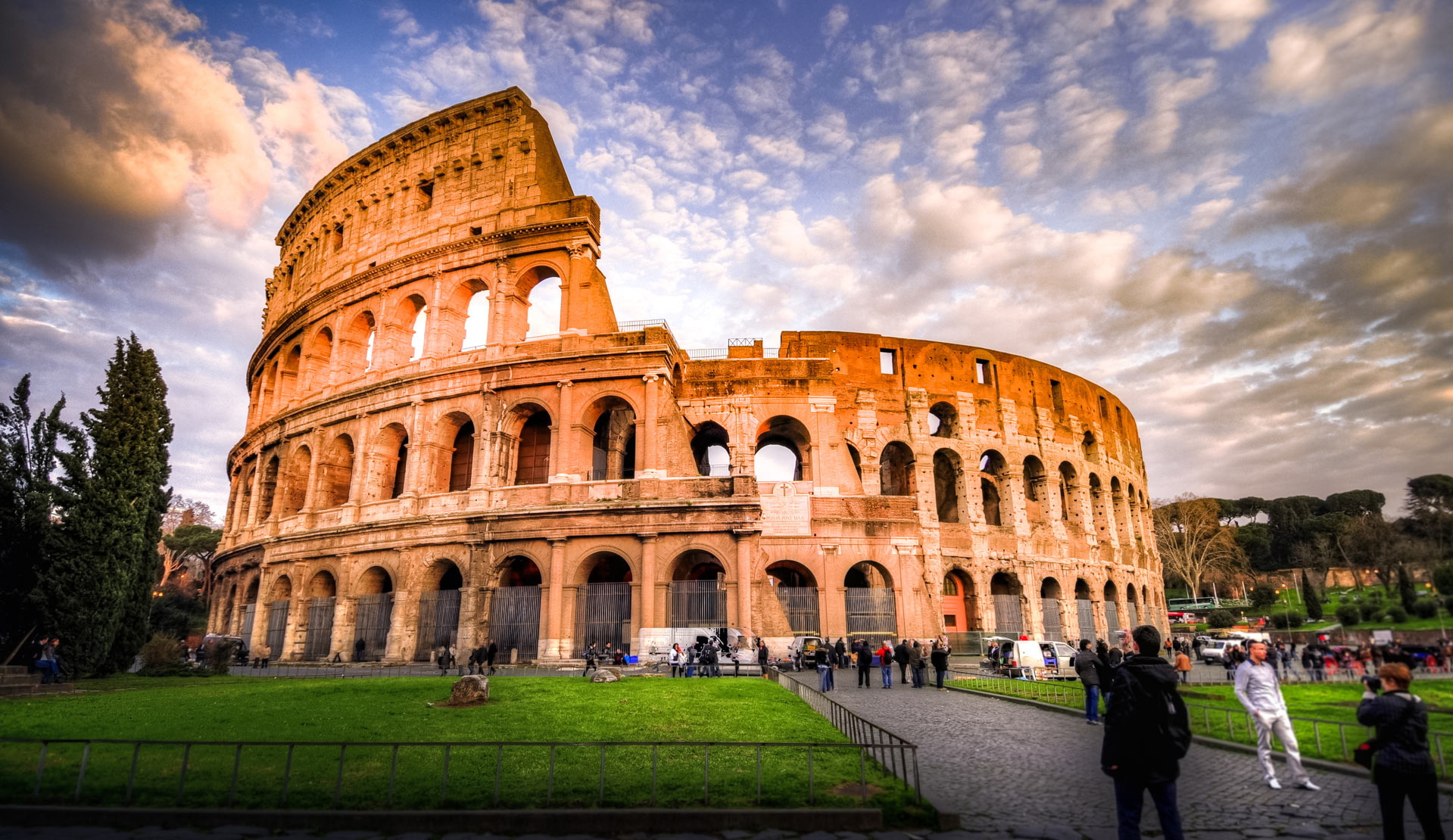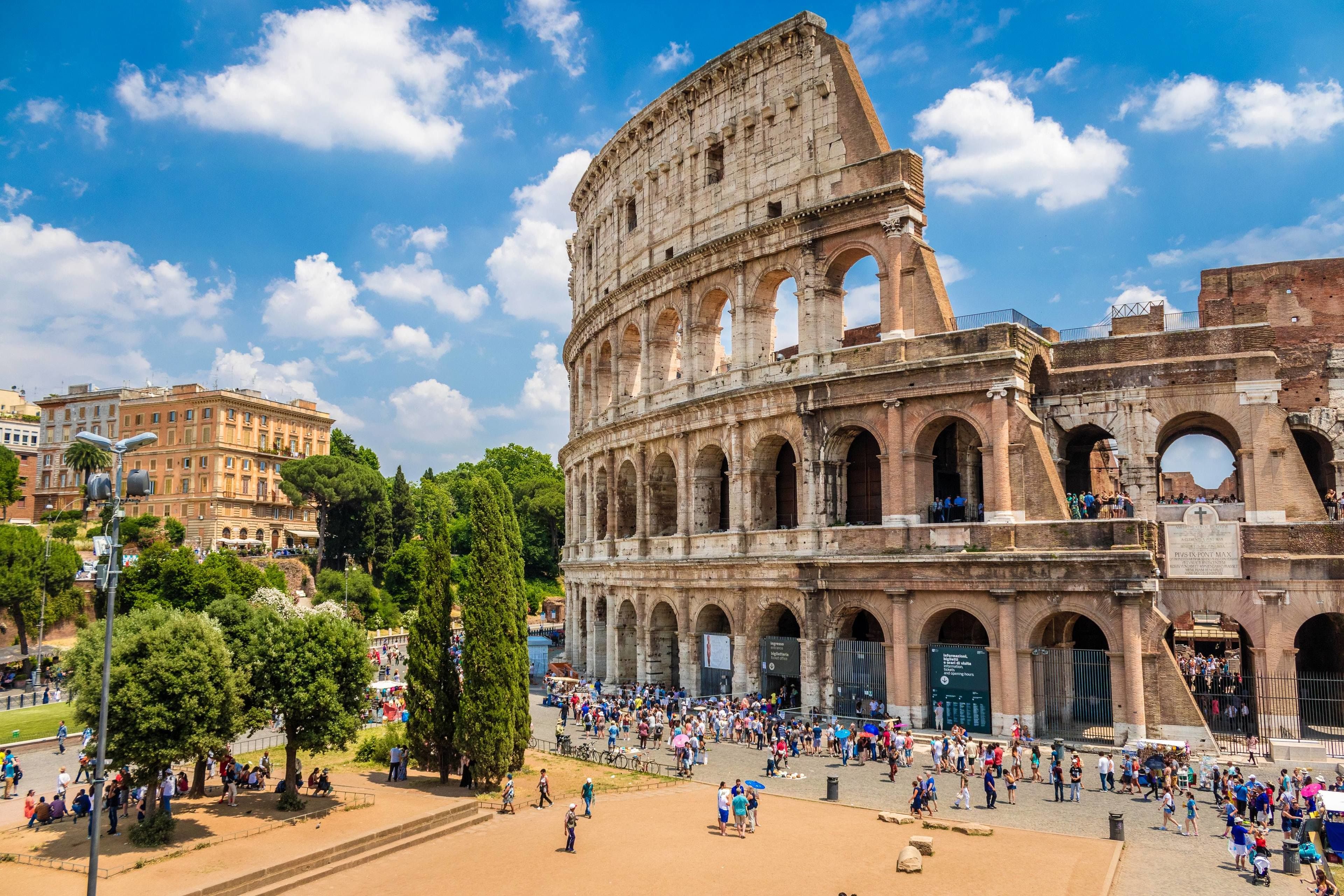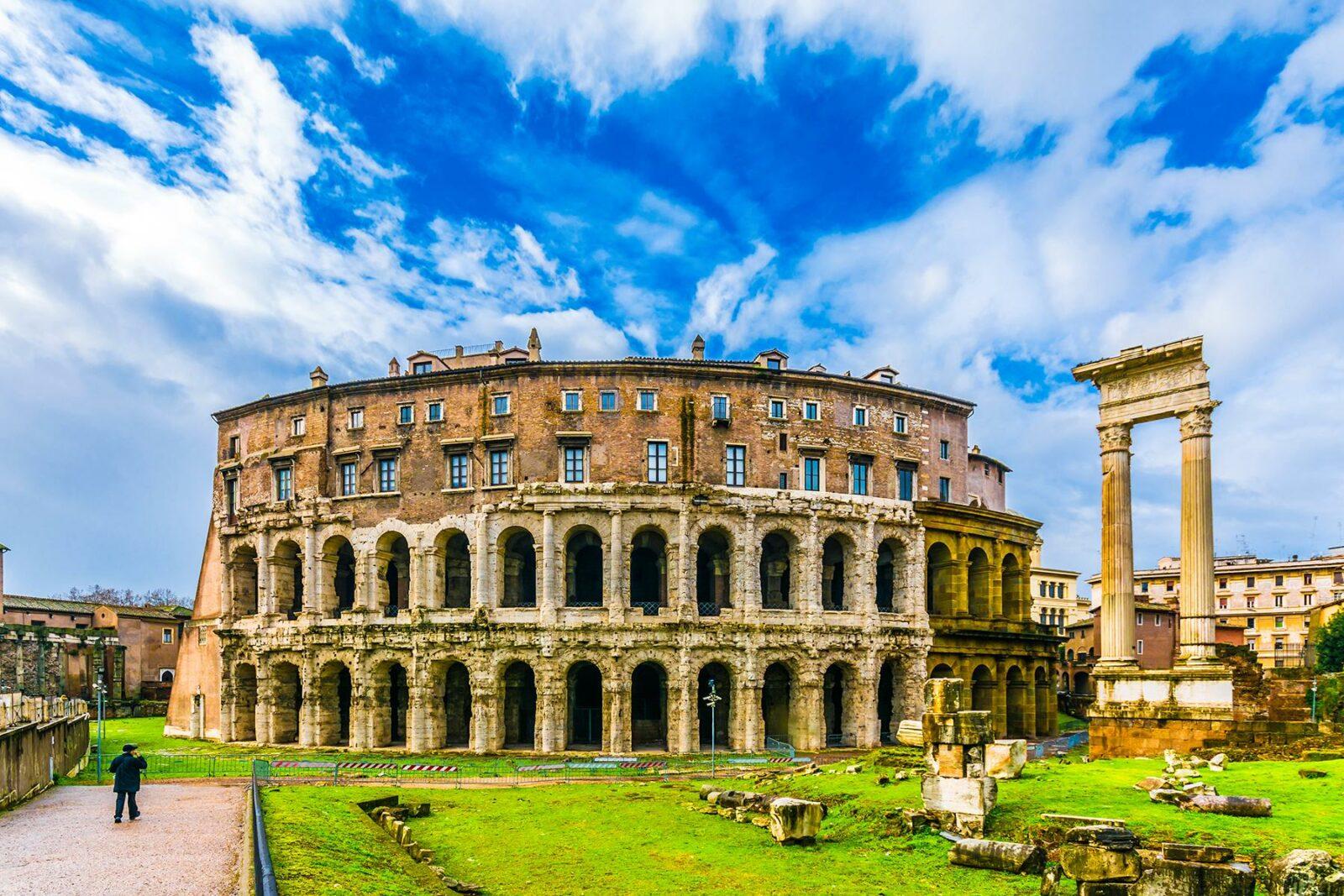Rome, the Eternal City, stands as a monumental testament to human ambition, power, and enduring legacy. But beyond its iconic coliseums and forums, Rome also served as a vibrant, complex "Babel," a crucible where countless languages, cultures, and peoples converged. This historical phenomenon, often overlooked in favor of military conquests or political intrigues, offers profound insights into the dynamics of diversity, communication, and cultural synthesis within one of history's greatest empires.
The metaphor of "Babel" often conjures images of confusion and division, stemming from the biblical narrative of a tower whose construction ceased due to a divine proliferation of languages. However, in the context of ancient Rome, this metaphor takes on a richer, more nuanced meaning. It speaks not merely to linguistic chaos but to an extraordinary confluence that, despite its challenges, forged a unique identity and facilitated an unprecedented exchange of ideas, technologies, and traditions across a vast dominion. Understanding Rome as a historical Babel reveals the intricate mechanisms by which a sprawling empire managed to communicate, govern, and thrive amidst its profound internal diversity.
Table of Contents
- The Eternal City as a Global Nexus
- Linguistic Landscapes of the Roman Empire
- Communication in a Multilingual Empire
- Cultural Synthesis and Syncretism
- The Social Fabric: Integration and Tensions
- Architectural Echoes of Babel
- Rome Babel: A Legacy of Connectivity
- Modern Reflections on Rome's Babel
The Eternal City as a Global Nexus
From its humble beginnings as a small city-state on the Tiber, Rome embarked on an unparalleled journey of expansion, absorbing territories, peoples, and cultures into its ever-growing sphere of influence. This relentless growth transformed Rome into a truly global nexus, a melting pot where individuals from across the Mediterranean and beyond converged. This process was not merely about military conquest; it was also a profound cultural and demographic transformation that laid the groundwork for Rome's unique "Babel" character.
Early Republic to Imperial Expansion
The early Roman Republic, characterized by its pragmatic approach to governance and a willingness to integrate conquered peoples, set the stage for future diversity. Unlike some empires that sought to obliterate local identities, Rome often extended citizenship, granted rights, and incorporated local elites into its administrative structure. This policy, while not without its brutalities and strategic motivations, encouraged migration and settlement within Roman territories, drawing diverse populations to the burgeoning capital. As the Republic transitioned into the Empire, this trend accelerated, with Rome becoming the undisputed center of a vast, multi-ethnic dominion stretching from Britannia to Mesopotamia.
The sheer scale of the Roman Empire meant that its population was incredibly heterogeneous. Soldiers from distant provinces served alongside Italians, traders from North Africa mingled with merchants from Gaul, and scholars from Greece shared ideas with philosophers from Egypt. This constant flow of people, goods, and ideas into the heart of the empire created an urban environment unlike any seen before, a living, breathing testament to the concept of Rome as a grand Babel.
A Confluence of Tongues
Within the bustling streets of Rome, a cacophony of languages would have greeted any visitor. While Latin was the official language of administration, law, and the military, it was by no means the only tongue spoken. Greek, particularly in the eastern provinces, held immense prestige as the language of philosophy, science, and high culture. But beyond these two dominant languages, a multitude of local dialects and indigenous languages persisted, spoken by the diverse populations who had been brought into the Roman fold or who had migrated to the capital in search of opportunity.
- Cgv Buena Park
- 99 Cents Only Stores
- Desert Regional Medical Center
- The Original Buddha Bodai Kosher Vegetarian Restaurant %E4%BD%9B %E8%8F%A9%E6%8F%90
- Pollack Cinemas
Imagine walking through the Forum Romanum, hearing conversations in Latin, Greek, Aramaic, Egyptian, various Celtic and Germanic dialects, and perhaps even early forms of Romance languages beginning to emerge. This linguistic tapestry was a defining feature of Rome's identity, a testament to its unparalleled capacity to integrate and manage such vast human diversity. The challenges of this linguistic Babel were immense, but so too were the opportunities for cultural cross-pollination and innovation.
Linguistic Landscapes of the Roman Empire
The Roman Empire’s vastness meant that its linguistic landscape was far from uniform. While Latin served as the unifying administrative language, the reality on the ground was a complex interplay of dominant tongues, regional dialects, and ancient languages that resisted assimilation. This intricate linguistic environment truly embodied the spirit of Rome Babel, where communication was a constant negotiation between different linguistic realities.
Latin's Dominance and Greek's Persistence
Latin, the language of the Romans, spread primarily through the military, administration, and the establishment of Roman colonies. It became the lingua franca of the western empire, used in law courts, official decrees, and for military commands. Over centuries, Vulgar Latin, the spoken form, evolved into the various Romance languages we know today, such as Italian, French, Spanish, Portuguese, and Romanian. Its influence was profound and enduring.
However, in the eastern half of the empire, Greek maintained its pre-eminence. Having been the language of commerce, scholarship, and culture since the Hellenistic period, Greek remained the dominant language in provinces like Egypt, Syria, and Asia Minor. Roman emperors and administrators in the East often communicated in Greek, and many educated Romans were bilingual, fluent in both Latin and Greek. This diglossia – the co-existence of two major languages with distinct social functions – was a hallmark of the Roman Empire, showcasing its pragmatic approach to governance rather than enforcing linguistic uniformity.
The Myriad Voices Beyond
Beyond Latin and Greek, countless other languages thrived within the Roman Empire. In North Africa, Punic and Berber languages were spoken. In Gaul and Britannia, various Celtic languages persisted, gradually giving way to Latin over centuries. In the Near East, Aramaic, Coptic, and various Semitic languages were common. Even within Italy itself, Etruscan and Oscan dialects were spoken long after Roman conquest. This linguistic diversity meant that for many, Latin was a second language, learned for trade, administration, or social advancement, while their native tongues continued to be used in daily life and within their communities. This vibrant tapestry of languages contributed significantly to the complex identity of Rome Babel.
Communication in a Multilingual Empire
Managing an empire as vast and linguistically diverse as Rome presented immense communication challenges. How did a general communicate with troops from different provinces? How were laws disseminated and understood across regions speaking different languages? The solutions employed by Rome were pragmatic and often involved a reliance on interpreters, the strategic use of lingua francas, and a robust, albeit sometimes slow, administrative network.
Interpreters were indispensable, particularly in military campaigns, diplomatic negotiations, and legal proceedings. Roman armies often included interpreters to facilitate communication with local populations and allied forces. In the bustling markets of Rome, interpreters would have been common figures, helping traders from different regions conduct business. Education also played a role; elite individuals were often taught both Latin and Greek, bridging the linguistic divide at the highest levels of society. For the common person, trade languages or pidgins likely emerged in busy ports and market towns, allowing basic communication across linguistic barriers.
Despite these efforts, miscommunication was undoubtedly a frequent occurrence, leading to misunderstandings, administrative inefficiencies, and even social tensions. Yet, the very necessity of overcoming these hurdles fostered a unique adaptability within the Roman system, pushing it to develop sophisticated methods of governance that accounted for, rather than simply suppressed, its inherent diversity.
Cultural Synthesis and Syncretism
The "Rome Babel" phenomenon extended far beyond mere language; it was a profound engine of cultural synthesis and syncretism. As diverse peoples were incorporated into the Roman Empire, their traditions, beliefs, and artistic styles did not simply disappear. Instead, they often mingled with Roman culture, creating new hybrid forms that enriched the imperial identity. This was a two-way street: while Roman culture certainly exerted a dominant influence, it also absorbed and adapted elements from the cultures it encountered.
Examples abound: Roman religion, initially focused on its traditional pantheon, readily incorporated foreign deities like the Egyptian goddess Isis, the Persian god Mithras, and various Eastern cults. Roman art and architecture, while distinctly Roman, drew heavily on Greek aesthetics and engineering, and even incorporated elements from Etruscan and Egyptian traditions. Legal systems, while centrally Roman, often acknowledged and integrated local customs and practices, particularly in the eastern provinces. This constant cultural exchange, facilitated by the movement of people and ideas across the empire, demonstrates how the challenges of Rome Babel ultimately led to a richer, more complex, and more adaptable civilization.
The Social Fabric: Integration and Tensions
The demographic reality of Rome as a Babel created a complex social fabric. Millions of people, speaking different languages, adhering to varied customs, and holding diverse religious beliefs, lived side-by-side. This led to both remarkable integration and inevitable tensions. Roman society, particularly in its urban centers, was a mosaic of ethnicities and social classes.
Slaves, freedmen, and immigrants from every corner of the empire contributed to the city's workforce and cultural life. Many achieved significant social mobility, particularly freedmen who could amass wealth and influence. Intermarriage between different ethnic groups was common, further blurring traditional lines. Roman citizenship, initially exclusive, was gradually extended to more and more provincial inhabitants, culminating in the Edict of Caracalla in 212 CE, which granted citizenship to virtually all free inhabitants of the empire. This policy, while partly motivated by tax revenue, also reflected a long-standing Roman tradition of integrating conquered peoples rather than simply subjugating them.
However, this integration was not without friction. Prejudices, stereotypes, and occasional conflicts between different ethnic or linguistic groups were part of daily life. The challenges of managing such a diverse populace, ensuring social cohesion, and maintaining order were constant. Yet, the relative stability of the Roman Empire for centuries suggests that its mechanisms for managing diversity, including its linguistic Babel, were remarkably effective, if not always perfect.
Architectural Echoes of Babel
The physical landscape of Rome itself served as an architectural echo of its internal Babel. The city was not built by Romans alone; it was constructed by the hands, minds, and resources drawn from across the empire. The Colosseum, the Pantheon, the aqueducts, and the vast network of roads were monumental achievements that required the labor, engineering knowledge, and materials from diverse regions. Greek architects, Egyptian engineers, African laborers, and Gallic stonemasons all contributed to the physical manifestation of Roman power and grandeur.
Furthermore, the architectural styles themselves reflected this confluence. While Roman architecture developed its own distinct characteristics, it openly incorporated elements from Greek, Etruscan, and even Near Eastern traditions. The use of concrete, arches, and domes, combined with Greek orders and decorative motifs, created a unique aesthetic that was both Roman and universal. The very stones of Rome, therefore, tell a story of a diverse workforce and a synthetic artistic vision, embodying the spirit of Rome Babel in its most tangible form.
Rome Babel: A Legacy of Connectivity
The enduring legacy of Rome as a "Babel" is arguably its contribution to connectivity and the forging of a shared, albeit diverse, identity across a vast geographical expanse. Despite the linguistic and cultural differences, the Roman Empire created an unprecedented network of communication, trade, and governance. Roads, shipping lanes, and a relatively unified legal and administrative system facilitated the movement of people, goods, and ideas in ways that had not been seen before.
This connectivity allowed for the spread of innovations, the exchange of philosophical concepts, and the dissemination of new technologies. The challenges of Rome Babel, far from paralyzing the empire, forced it to innovate in terms of governance, administration, and social integration. The very act of managing such diversity became a strength, fostering a pragmatic approach to problem-solving and a remarkable capacity for adaptation. The empire’s ability to function as a cohesive entity despite its internal multiplicity is a testament to its unique approach to cultural and linguistic integration.
Modern Reflections on Rome's Babel
Studying Rome as a historical Babel offers profound lessons for our contemporary world. In an era of increasing globalization, migration, and interconnectedness, modern cities and nations often grapple with challenges similar to those faced by ancient Rome: how to manage linguistic diversity, integrate disparate cultures, and foster a sense of shared identity amidst difference. Rome's experience demonstrates that diversity, while posing challenges, can also be a tremendous source of strength, innovation, and resilience.
The Roman approach, characterized by a blend of pragmatic integration, administrative flexibility, and cultural absorption, provides a historical precedent for navigating the complexities of multicultural societies. It reminds us that communication, whether through shared languages, effective translation, or common cultural touchstones, is vital for cohesion. The story of Rome Babel is not just a tale of ancient history; it is a timeless narrative about the human capacity to build, connect, and thrive in a world of many voices.
Conclusion
The concept of "Rome Babel" moves beyond a simple understanding of linguistic confusion, presenting instead a dynamic portrait of an empire that not only tolerated but often leveraged its vast diversity. From the cacophony of languages echoing through its streets to the synthesis of cultures shaping its identity, Rome stands as a powerful historical example of how a complex, multi-faceted society can function and flourish. The challenges of communication and integration were immense, yet the solutions devised by the Romans, often through pragmatism and a willingness to adapt, allowed for an unprecedented era of connectivity and cultural exchange.
Ultimately, Rome's legacy is not just one of military might or legal innovation, but also of its remarkable ability to weave together disparate threads into a cohesive, albeit vibrant and ever-evolving, tapestry. This historical lesson on managing complexity and embracing diversity remains profoundly relevant today. We encourage you to delve deeper into the fascinating history of ancient Rome and explore how its unique "Babel" character continues to resonate with the challenges and opportunities of our own interconnected world. What aspects of Rome's diversity do you find most compelling? Share your thoughts in the comments below, or explore other articles on our site to uncover more insights into the ancient world.
Related Resources:



Detail Author:
- Name : Jules Kohler
- Username : kmarks
- Email : lhills@gmail.com
- Birthdate : 2002-08-24
- Address : 74732 Blanda Mountains Maurineshire, VA 91770
- Phone : 580.703.2178
- Company : Hagenes-Homenick
- Job : Coaches and Scout
- Bio : Voluptatem magnam incidunt culpa at. Ipsa eum aut harum occaecati incidunt. Sint possimus molestiae sapiente ipsum. Reprehenderit eos impedit reiciendis vel et. Magnam consectetur ut eum enim ex.
Socials
facebook:
- url : https://facebook.com/arjun9087
- username : arjun9087
- bio : Delectus rerum eaque rerum occaecati. Quae nobis corrupti neque et aut.
- followers : 3704
- following : 1828
tiktok:
- url : https://tiktok.com/@aprice
- username : aprice
- bio : Enim est consequatur ut minima asperiores a optio.
- followers : 2739
- following : 495
linkedin:
- url : https://linkedin.com/in/arjun5939
- username : arjun5939
- bio : Autem voluptatem harum iure hic.
- followers : 4296
- following : 354